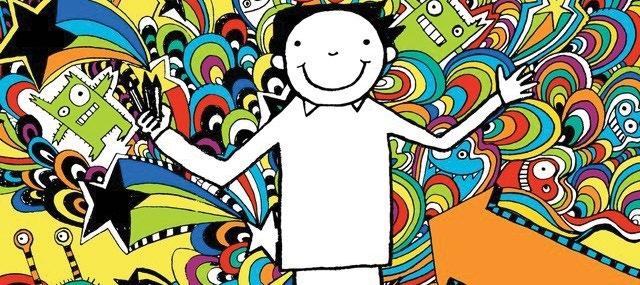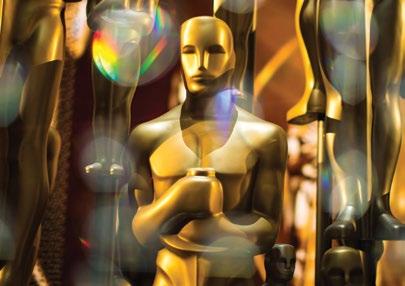previous page
TOC
Fea re S potlight
Spies in Disguise Ice Age
Epic
Rio The Peanuts Movie
Joe’s Apartment
Horton Hears a Who!
Ferdinand
Off into the Wild Blue Sky Reflecting upon the extinction of the Ice Age studio (1987-2021). By Jake S. Friedman
T
he building was the size of a city block, plunked down in rural Greenwich, Connecticut. You could spend an hour walking the place, observing the different cultures of each department, the different crafts and artsy posters on display. It was arguably one of the most impressive animation studios in which we New York commuters had ever worked. Disney has owned Blue Sky Studios, the only current East Coast feature animation house, ever since it acquired Fox on March 20, 2019. On February 9 of this year, Disney announced that it would shut down Blue Sky after 34 years of operation and 13 feature films. And so, an era has ended. I had the unique experience of both working at Blue Sky — briefly, in www.animationmagazine.net
TOC
the storyboard department for the movie Epic — and then writing its definitive art book (The Art of Blue Sky Studios, Insight Editions, 2014). Here’s what I learned, in a nutshell (no Scrat pun intended), as an insider. Par for the course, Blue Sky started with advertisements. This was around 1990, when CG was still learning to walk. It was the first to animate M&M’s characters in CG, talking to sitcom stars. All of the studio’s commercials looked startlingly realistic, straight out of our actual world (something beyond even Pixar’s purview at the time). For that, Blue Sky landed gigs splashing its animation seamlessly alongside live action — the cockroaches in Joe’s Apartment, the penguin in Fight Club, the
singing dead fish in The Sopranos, and so on. What they possessed was a proprietary program for life-like lighting, developed by programmer Dr. Eugene Troubetzkoy, with digital film recording technology by electrical engineer Carl Ludwig. Michael Ferraro was the systems specialist. “The very early days of Blue Sky were us sitting in a 900-square-foot office, just programming, myself included — four of us,” Chris Wedge told me in 2013. “After a while they would be writing code, and I would be exercising it, so for a year or two they said, ‘You can do this with the code. Try it out!’ and I’d try it out. I could make a shape, I could make another shape, I could put shapes together. I could
16
may 21
previous page



















